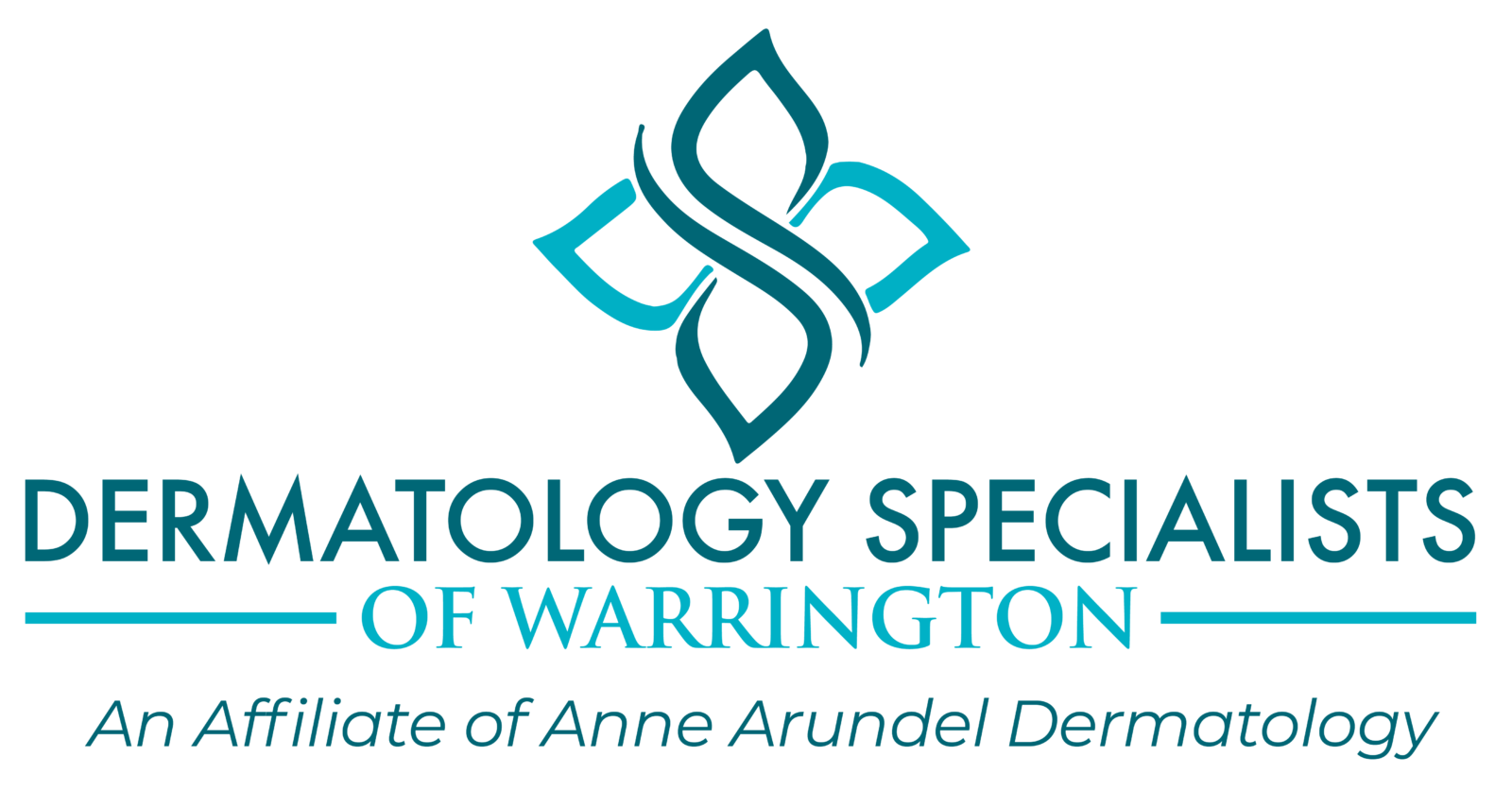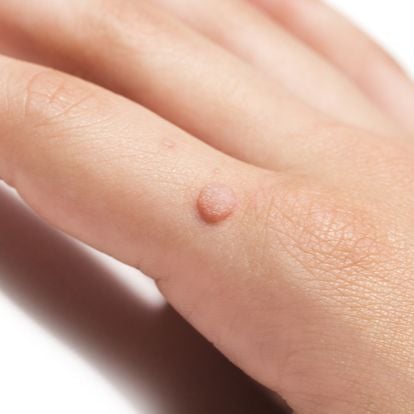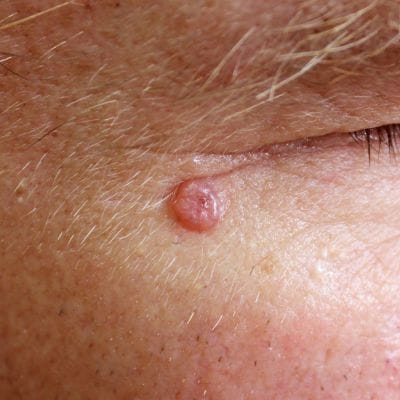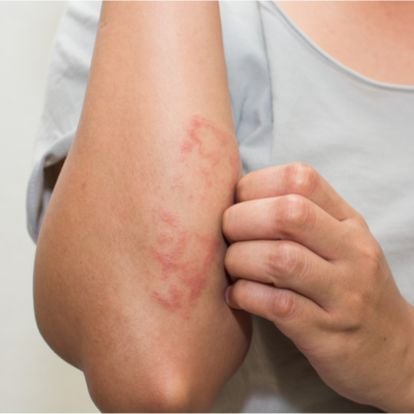Eczema (Dermatitis)
Eczema (also called dermatitis) is a skin condition that can cause a variety of symptoms. These include red and swollen skin, blisters, and itchiness. Eczema is often a result of an allergic reaction or other sensitivities and varies in severity from person to person.
Some people only experience a small amount of discomfort, while others may find that their eczema is so severe that it significantly impacts their quality of life. This variance is due to a combination of environmental and genetic factors.
It can pop up anywhere on the body, but it most frequently appears in the face, arms, and legs creases. Itchiness is the key characteristic and symptom of eczema. When scratched, the lesions may begin to ooze and get crusted. Over time, painful cracks in the scaly, leathery tissue can form.
Eczema impacts people of any age, race, or gender. It is sometimes hereditary as well. Infants are the most common age group affected by eczema, and 10-20% will have it.
However, adults also suffer from eczema. Approximately 30% of adults have one of the condition’s many forms.
What Causes Eczema?
Eczema happens because of a combination of environmental and genetic factors. For example, we know that people with eczema have impaired skin barrier function. This makes the skin more susceptible to allergens and other irritants.
The skin of people with eczema also tends to produce more oil, leading to a build-up of sweat and bacteria. This combination can cause an inflammatory reaction that leads to the symptoms of eczema.
Coming into contact with a trigger, such as wind or an allergy-producing fabric, will also catalyze the rash and inflammation. Although it is possible to get eczema only once, most cases are chronic and result in intermittent flare-ups throughout a person’s life.
Treatment Options for Eczema
There are many treatment options for eczema. When treating this condition, medical professionals tailor to the individual’s needs. It is vital to work with a doctor to find the best treatment plan, as some treatments may not be appropriate for certain people.
Some common treatments include:
Moisturizing creams and lotions: These help keep the skin hydrated and help prevent outbreaks.
Steroid creams (corticosteroids): Patients use these to reduce inflammation and are for people with moderate to severe eczema.
Antihistamines: These can help control the itchiness associated with eczema.
Phototherapy: This procedure involves exposing the patient’s skin to ultraviolet light, which can help to improve the symptoms of eczema.
Immunosuppressants: These are medications that suppress the immune system and work best for people with severe eczema.
Diet and lifestyle changes: Some people find that making dietary and lifestyle changes can help to improve their eczema. This may include avoiding specific triggers, such as allergens, and eating a healthy diet.
A dermatologist will likely prescribe more potent medicine in persistent cases, such as steroid creams, oral steroids (corticosteroids), antibiotic pills, or antifungal creams to treat any potential infection.
However, the best form of prevention is to identify and remove the trigger. We also recommend that you use mild cleansers and keep your skin moisturized as much as possible.
Furthermore, it is best to avoid scratching the rash (which can lead to infection) and situations that make you sweat, such as strenuous exercise.
Different Types of Eczema
Eczema takes on different forms depending on the rash’s location and the condition’s cause. While they all share some common symptoms like itchiness, there are differences. The different kinds of eczema include:
Atopic Dermatitis
The most common type of eczema, atopic dermatitis, is an immune-related condition that can cause itchy skin with inflammation. It runs in families and usually starts before age one for two-thirds of people who develop this form early on.
The condition then flares up periodically throughout their lives, requiring them to seek occasional medical attention. Fortunately, there are treatments available now, such as topical steroids and systemic antihistamines.
Contact Dermatitis
Contact dermatitis is an allergic reaction that occurs when the skin comes into contact with a substance. This can cause swelling, burning, inflammation, and cracked scaly skin. It can also cause painful itching.
Usually, your doctor can treat it by removing the allergen that initially caused the reaction. Common allergens include:
-
- Laundry detergent
- Cosmetics
- Jewelry
- Fabrics
- Perfume
- Diapers
- Grass
- Poison ivy or poison sumac
Dyshidrotic Dermatitis
Dyshidrotic dermatitis is a type of eczema that causes small, itchy blisters on the palms of the hands and soles of the feet. It often occurs during hot, humid weather.
Typically, it occurs on your hands, feet, and other areas the skin is very delicate. The blisters can be filled with fluid and may ooze. The condition is treated by keeping the skin moist, applying steroid creams, and taking oral antihistamines.
Neurodermatitis
Also known as Lichen Simplex Chronicus, this is a chronic skin inflammation caused by a continuous cycle of scratching and itching. It is usually the result of constant itching in an afflicted area of the skin. This may be from a mosquito bite, a skin infection, or a rash.
The condition often starts with a small patch of dry, scaly skin that becomes irritated and itchy. This leads to more scratching, which further irritates the skin and creates a vicious cycle.
You can treat neurodermatitis by avoiding scratching, topical steroid creams, and taking oral antihistamines. If the person continues to scratch the area, it can lead to infection.
Nummular Dermatitis
Nummular dermatitis is a type of eczema that causes coin-shaped lesions on the skin. It most often affects people over the age of 60 and is more common in men than women.
You can treat the condition by avoiding scratching, topical steroid creams, and oral antihistamines. If the person continues to scratch the area, it can lead to infection.
Seborrheic Dermatitis
This condition causes yellowish, oily, and scaly patches on the scalp, face, and chest. Dandruff is a common form of seborrheic dermatitis. Unlike other forms of dermatitis, seborrheic dermatitis is not itchy. It also tends to run in families.
Typically, medical professionals treat this condition using medicated shampoo, such as ketoconazole (Nizoral), selenium sulfide (Selsun Blue), coal tar, or zinc pyrithione. If the person has dandruff, they should use a medicated shampoo at least twice a week.
Venous Stasis Dermatitis
Also known as varicose eczema, venous stasis dermatitis is a skin irritation that appears on the lower legs of middle-aged and older adults. It is related to circulation and vein problems.
Symptoms include:
-
- Swelling around the ankles
- Brown or reddish skin discoloration
- Ulcers
- Varicose veins
- Oozing sores
The condition is treated by elevating the legs, wearing compression stockings, and taking oral antihistamines. If the person has a blood clot in their leg, they will need to seek medical attention.
Dermatitis is a general term for a group of skin conditions that cause inflammation and itching. There are several different types of dermatitis, each with its own set of symptoms and treatment options. In most cases, doctors can treat the condition with topical steroids and oral antihistamines.
If you are experiencing any dermatitis symptoms, please see a doctor for diagnosis and treatment.








